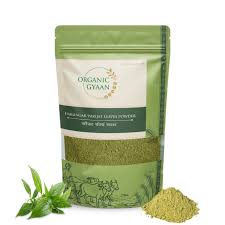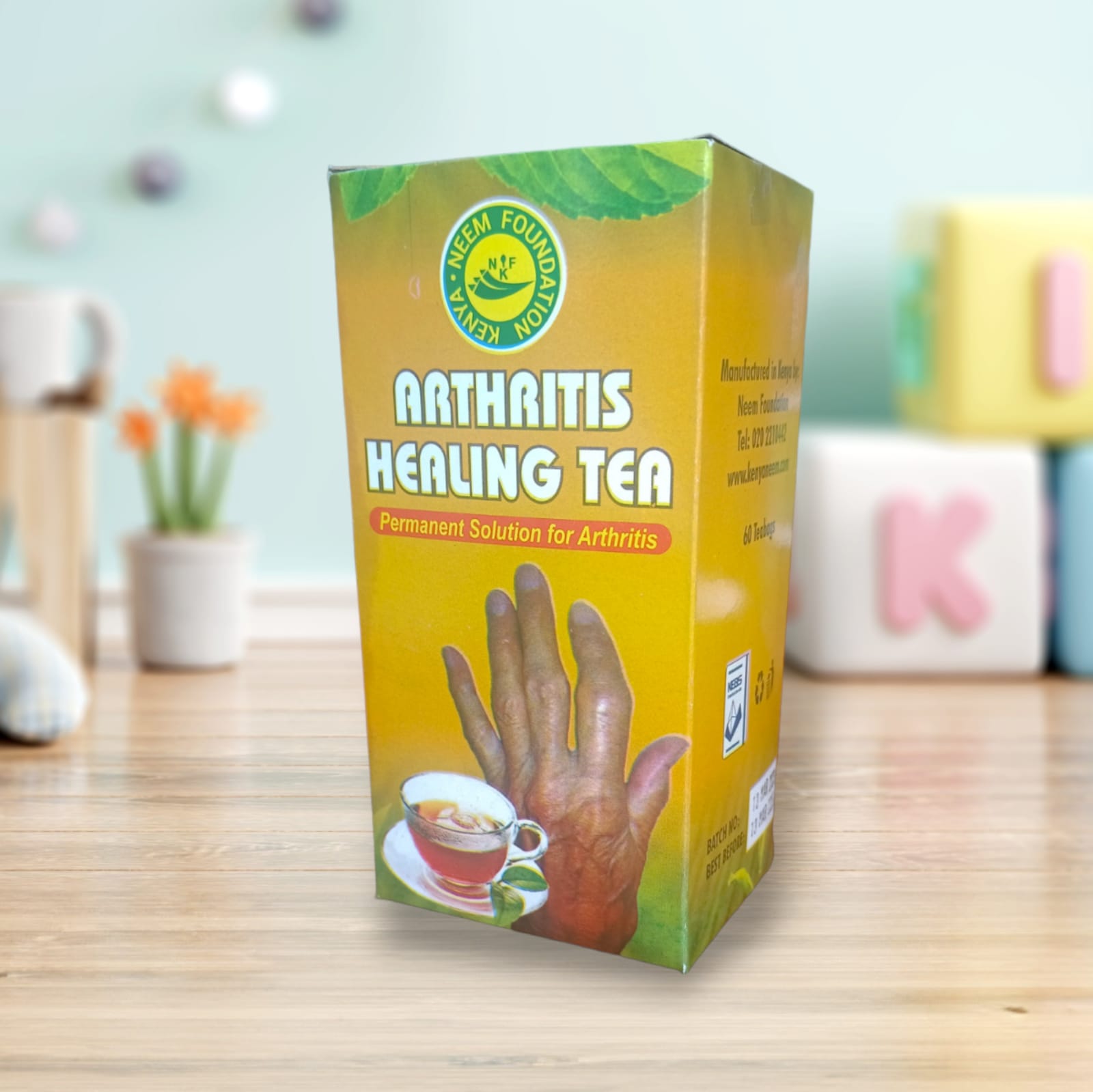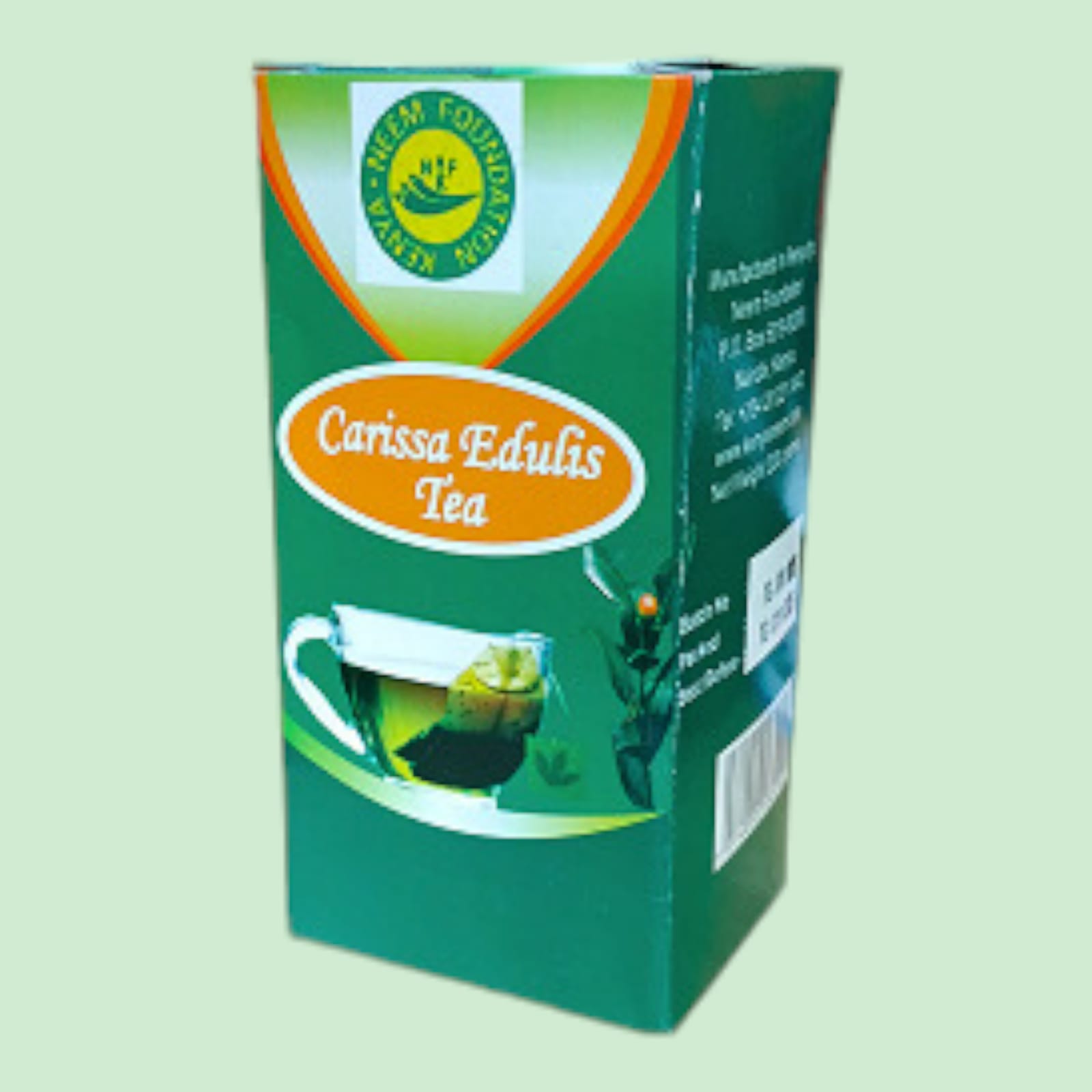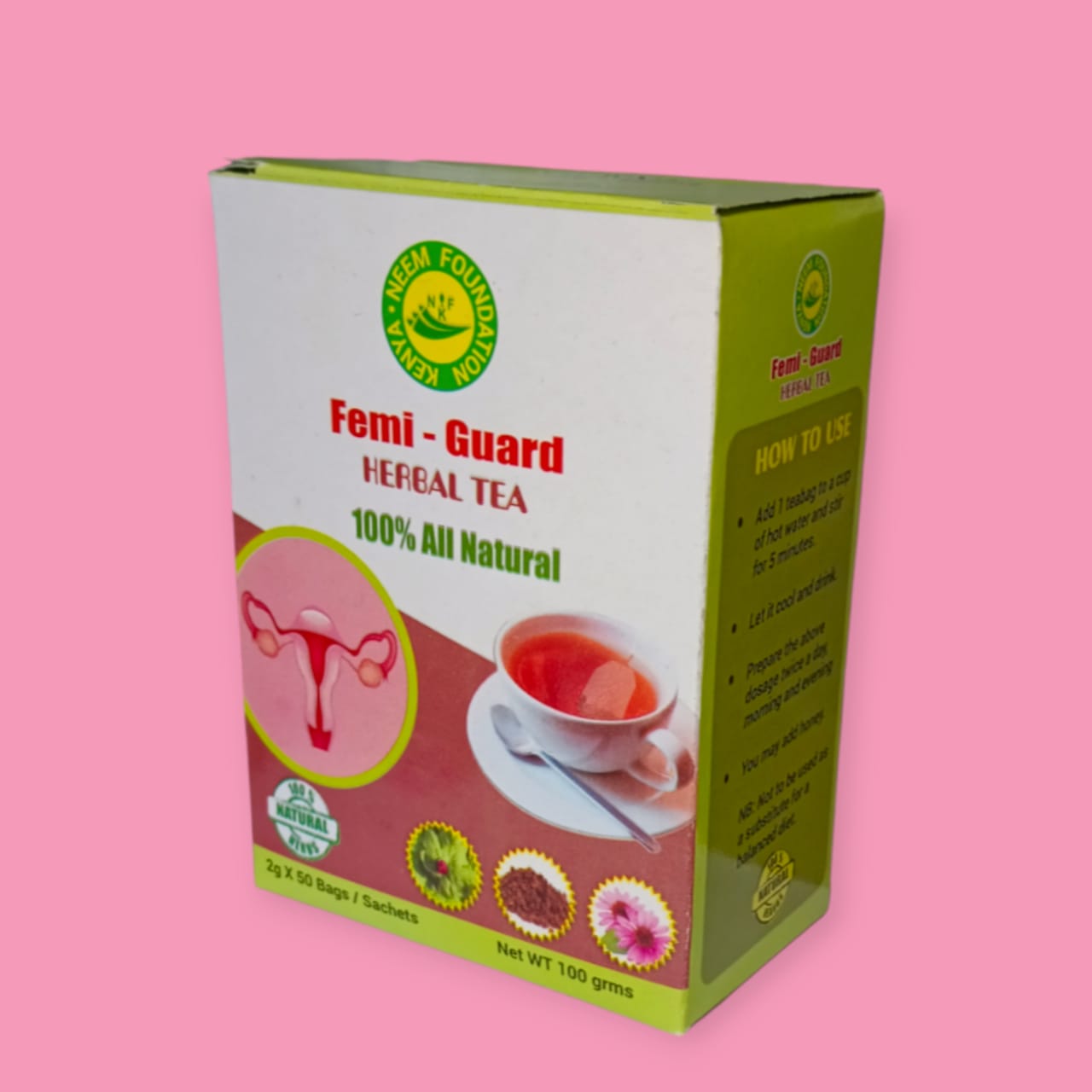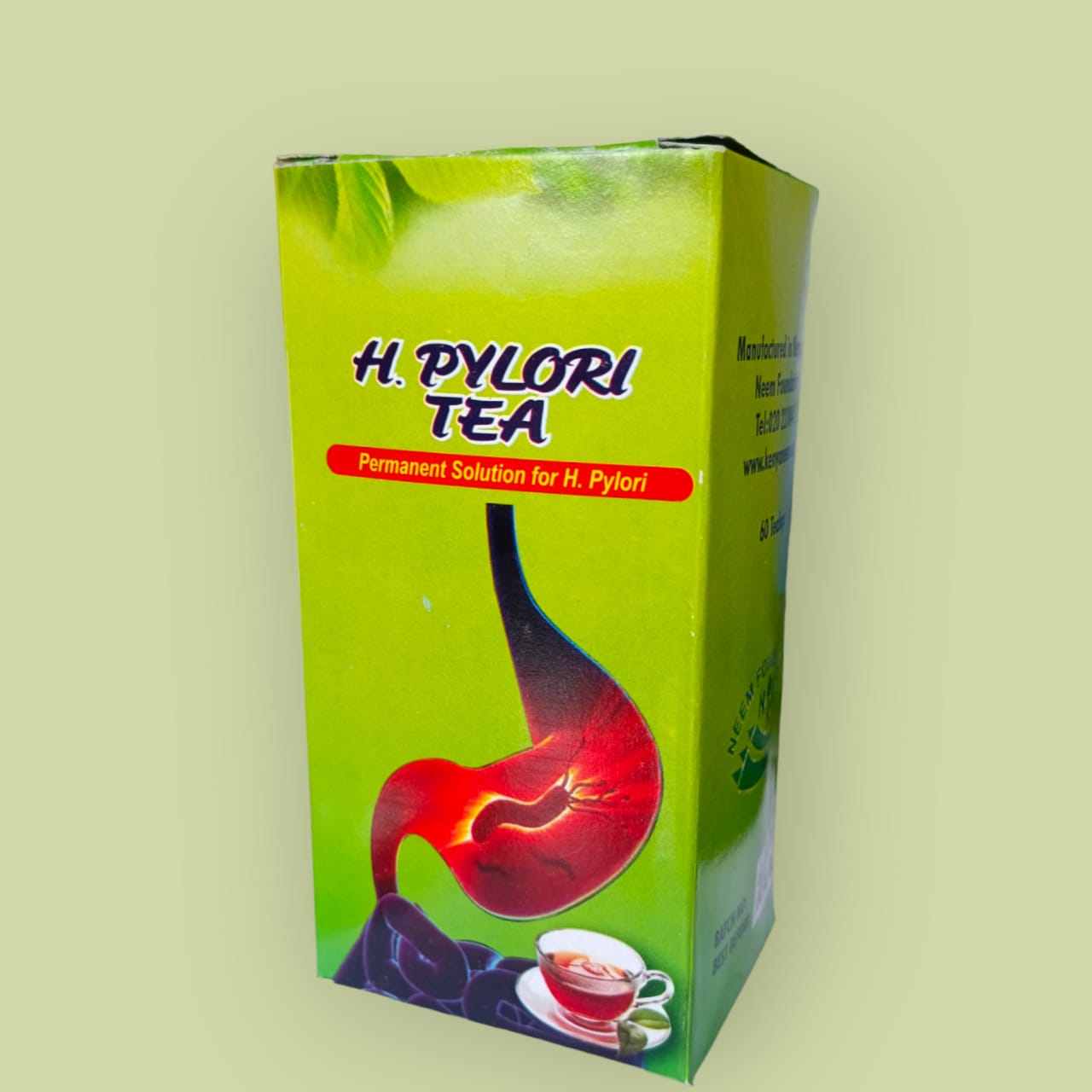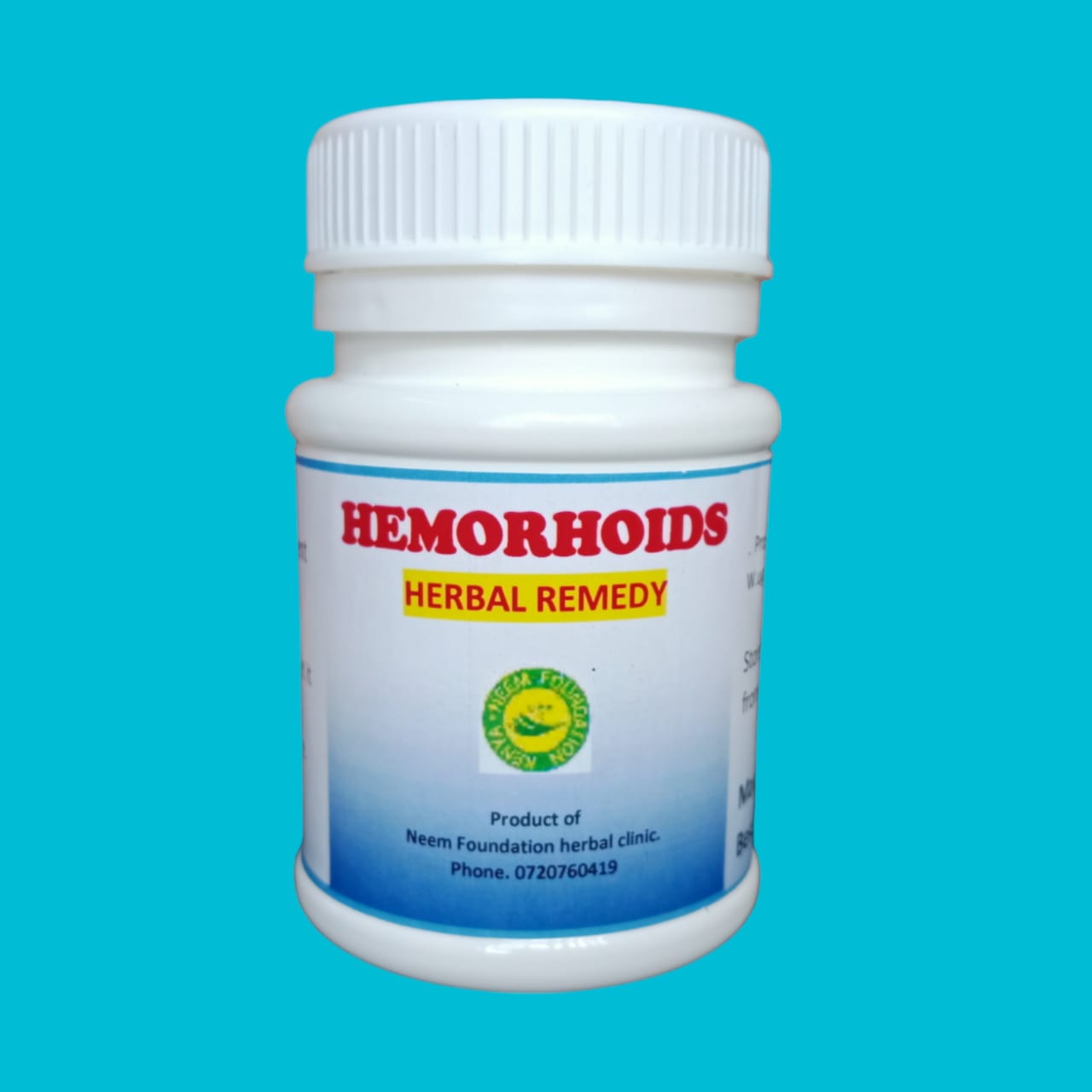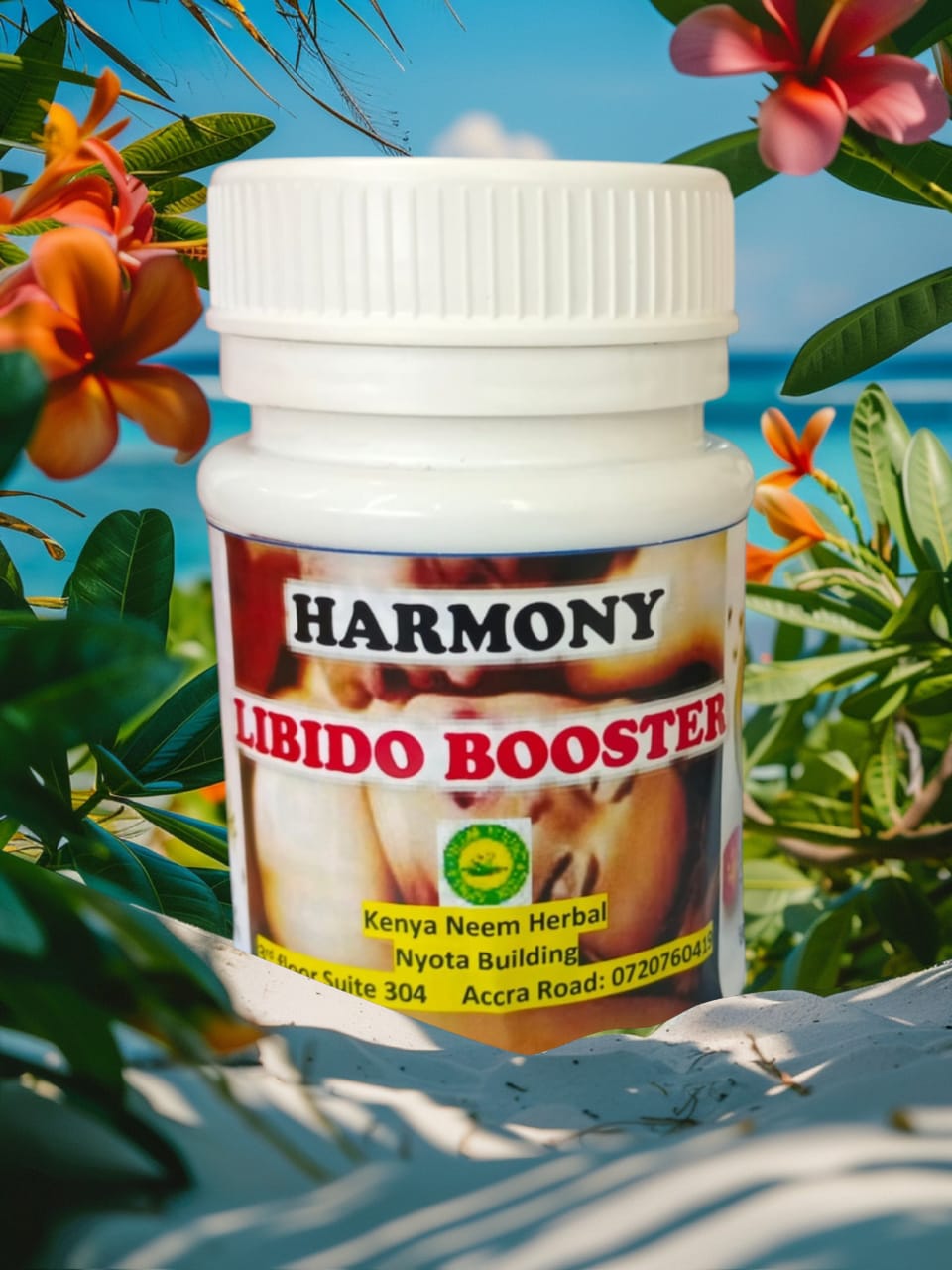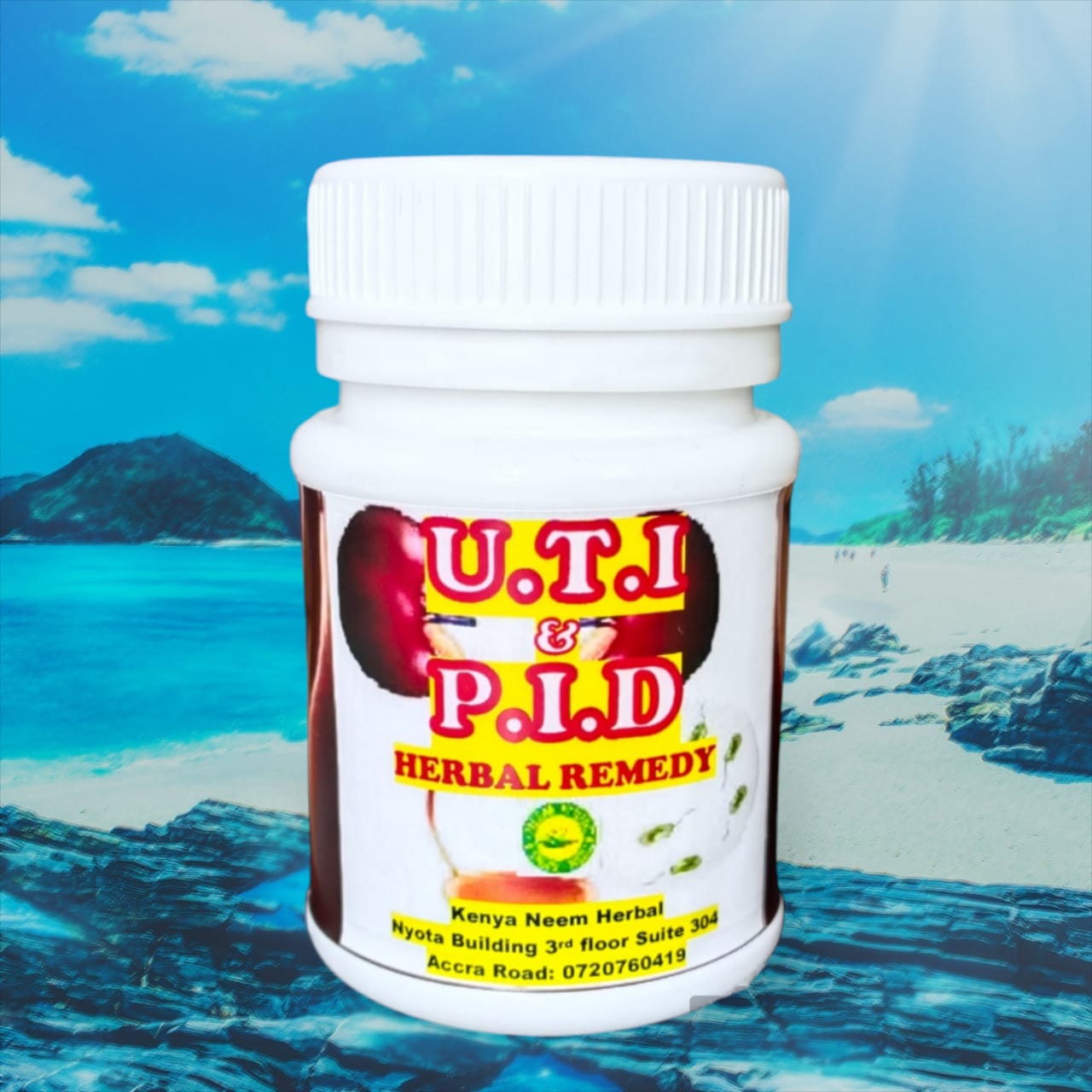Welcome to Neem Nutraceutical
Neem Nutraceuticals is an alternative Medicine health care service providers. We specialize in alternative and complementary medicine systems that focus on holistic healing and safe lifestyle practices. By harnessing the healing powers of nature alongside modern science, we aim to promote wellness in Kenya and beyond.
Whether you’re looking to enhance your healthy routine, support your overall health, or explore the benefits of holistic healing principles, Neem Nutraceuticals is committed to providing you with trustworthy natural wellness solutions.
Breakthrough health Products for All
We offer a wide range of selected natural herbal remedies in form of Capsules, Powders, Ointments, creams, tablets, Teabags. Our products are-
featured breakthrough treatments
All
Diseases
Health News
Uncategorized
our products
Products








